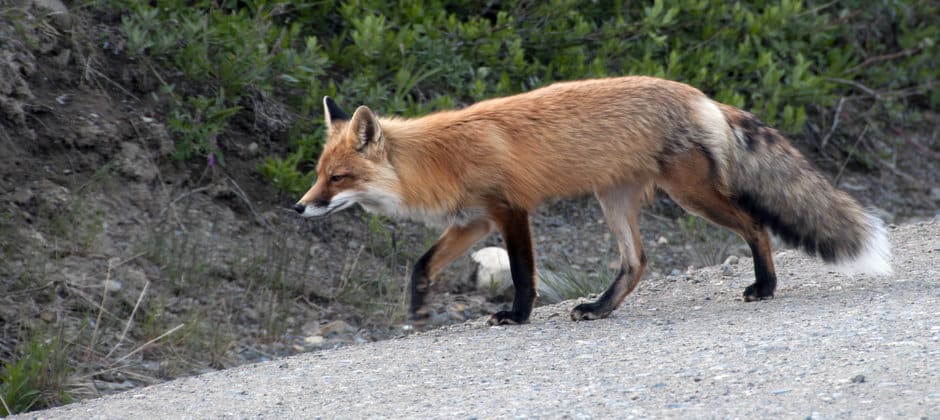Share this article
Even ancient foxes relied on humans for food
By looking at foxes’ diets over the years, researchers determined that human activity has influenced the small carnivores as far back as 42,000 years ago. Foxes typically feed on scraps that larger predators like bears and wolves leave behind. But those close to human civilization also take advantage of our leftovers. Researchers recently studied the remains of ancient red (Vulpes vulpes) and Arctic foxes (Vulpes lagopus), as well as other carnivores, from archaeological sites in southwest Germany, dating back to the Middle and Upper Palaeolithic periods. They specifically looked at carbon and nitrogen isotope ratios in the fox remains that could tell researchers about fox diets. They found that at sites older than 42,000 years, when Neanderthals rarely occupied the region, fox diets were similar to other carnivores in the area. In the younger sites, though, as humans became more common, fox diets consisted more of reindeer (Rangifer tarandus), which were likely scraps of what humans had been eating and left behind. The team concluded that foxes have been relying on human for up to 42,000 years ago.
Read the study in PLOS ONE.
Header Image: Foxes have been eating human leftovers as far back as 42,000 years ago. Credit: NPS Photo/ Neal Herbert








